



The polar vortex is a large, low-pressure system of cold air that spins counterclockwise around Earth's poles. When weakened, it allows Arctic cold air to move south, triggering extreme cold weather. It can cause significant weather disruptions, including arctic blasts, snowfall, and ozone depletion.

Disclaimer: Copyright infringement not intended.
Some 60 million people are under weather alerts across 30 states. Seven of them have declared emergencies: Maryland, Virginia, West Virginia, Kansas, Missouri, Kentucky and Arkansas.
It is a large area of low pressure and cold air that swirls like a wheel (counter-clockwise) around both of the Earth's poles. The polar vortex spins anticlockwise around the North Pole with wind speeds of about 155mph (250km/h).

Aspect |
Description |
|
Polar Vortex Weakening |
Cold Arctic air moves south, bringing freezing temperatures to regions like the US, Europe, and Asia. |
|
Role of the Jet Stream |
A strong polar vortex stabilizes the jet stream, trapping cold air in the north and warm air in the south. |
|
Strong Polar Vortex |
Locks bitterly cold, dry air over the Arctic. Acts as a "wind wall" preventing frigid air from moving south. |
|
Weak Polar Vortex |
This causes the jet stream to ripple, allowing cold Arctic air to move south, even to regions like Florida (USA). |
|
Impact of High-Pressure Systems |
Strong high-pressure systems near the Arctic disrupt the polar vortex. |
|
Effect on Jet Stream |
High-pressure systems disrupt the jet stream, pushing cold air further south, resulting in extreme cold in unusual regions. |
READ IN DETAIL HERE
Source:
|
PRACTICE QUESTION Q.With reference to the polar vortex, consider the following statements:
Which of the statements given above is/are correct? (a) 1 only (b) 2 only (c) Both 1 and 2 (d) Neither 1 nor 2 Answer: d Explanation The polar vortex is a vast area of low-pressure, cold air that rotates like a wheel around both of the Earth’s polar regions. Polar vortices are classified into two types: tropospheric and stratospheric. Hence, statement 1 is not correct. The tropospheric polar vortex occurs in the lowest layer of the atmosphere, which stretches from the surface to around 10 to 15 km and is where most meteorological occurrences occur. The stratospheric polar vortex occurs at heights ranging from 15 to 50 kilometres. Unlike the tropospheric polar vortex, the stratospheric polar vortex fades over the summer and peaks in the autumn. Hence, statement 2 is not correct. Therefore, option (d) is the correct answer. |
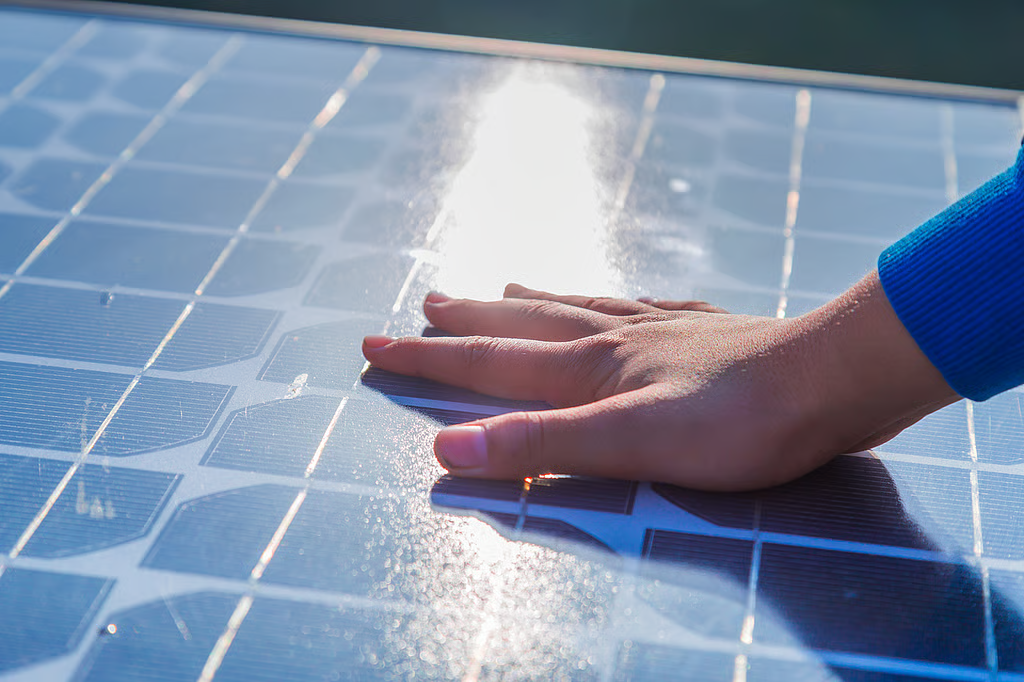
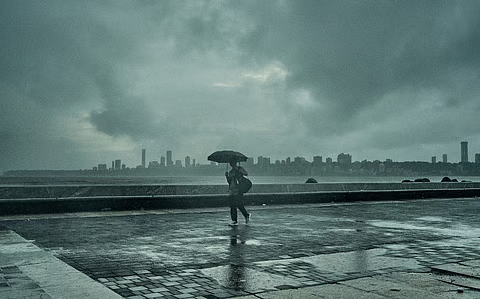
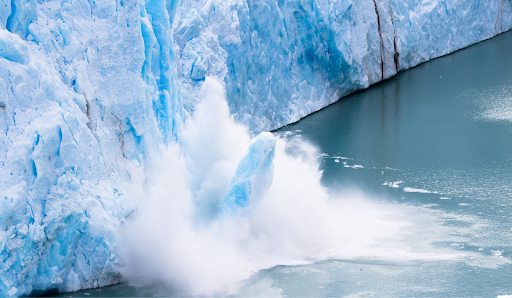
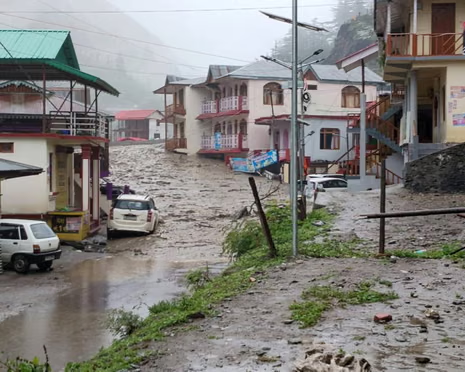
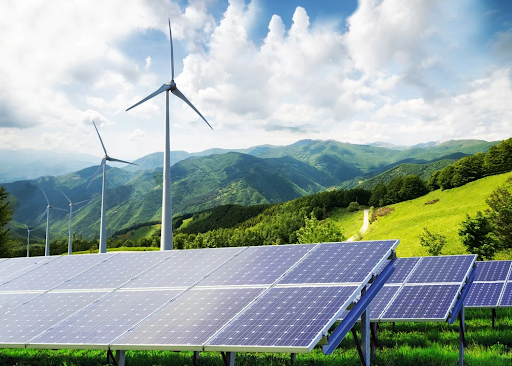

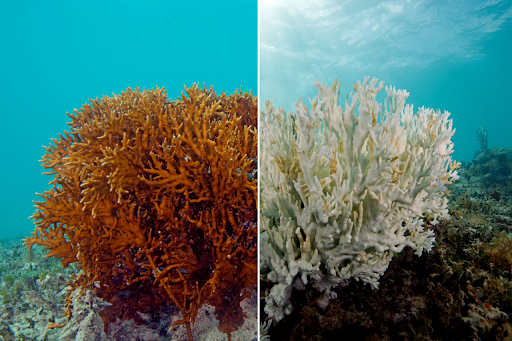
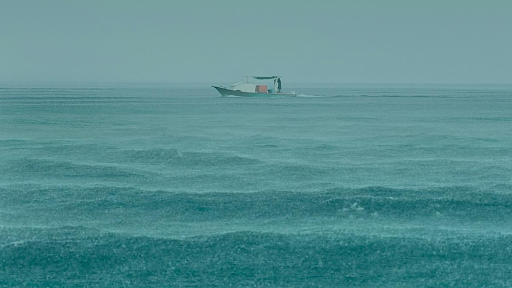
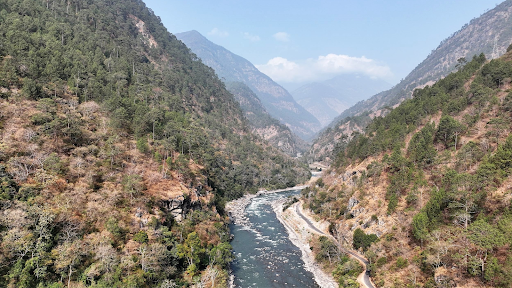

© 2025 iasgyan. All right reserved